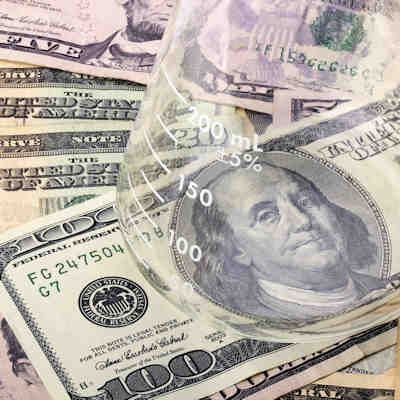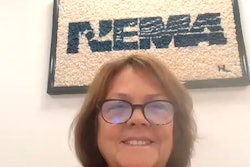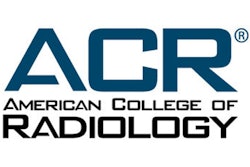
Industry payments to radiologists have been highly concentrated in recent years when it comes to their frequency and value, a study published May 18 in Academic Radiology has reported.
A team led by Mihir Khunte from Yale University found that about 70% of U.S.-based radiologists received at least one industry payment between 2016 and 2020. However, the group also found that there is little correlation between payment categories -- and that of the categories, research is getting the short end of the stick.
"Lack of correlation between the categories, especially research and consulting/royalty and speaker fees is concerning," Khunte and colleagues wrote. "The low proportion of industry payments toward research also needs to be addressed, especially given the technology-intensive nature of the field."
Financial relationships are part of the range of interactions between radiologists and industry. The authors noted that while these relationships may be good for innovation and technological progress, conflicts of interest may arise that can impact physicians and their decision-making.
While previous studies suggest that a low number of radiologists have reportable relationships with industry that don't involve research, the authors noted that the concentration and distribution of industry payments to radiologists has not been thoroughly studied.
Khunte and colleagues sought to characterize payment distribution in different categories, using information available on the Open Payments Database from the Centers for Medicare & Medicaid Services (CMS) and grouping payment into six fields: consulting fees, education, gifts, research, speaker fees, and royalties. From there, the authors aggregated total payments at the individual physician level.
They also identified and compared total amounts and types of industry payments that go to the top 5% of physicians and those that go to the bottom 95% of physicians, and categorized staff by number of diagnostic radiologists, radiation oncologists, interventional radiologists, and other related professionals.
The study included data from 513,020 payments made to 28,739 radiologists between 2016 to 2020. These payments amounted to $3.7 million, which suggests that about 70% of radiologists in the U.S. received at least one industry payment during the study period. Median payment value was $27 and the median number of payments per physician over the period was four.
Of the payment categories, gifts made up the most frequent payments at 76.4%. However, the researchers added that this accounted for just 4.8% of payment value.
The team found that the top 5% of radiologists earned much larger payments and were paid more frequently than the bottom 95% group.
| Comparison of industry payments between top 5% and bottom 95% of radiologist groups, 2016 to 2020 | ||
| Payments earned | Top 5% | Bottom 95% |
| Total value of payments earned per year (median) | $58,878 ($11,776 per year) | $172 ($34 per year) |
| Individual payments (median) | 67 (13 per year) | 3 (0.6 per year) |
The investigators found that educational payments were the most concentrated, with the top 5% of recipients getting 81.2% of the value in this category. Gifts had the least concentration of industry payment, with the top 5% of gift recipients capturing 46.6% of the total value in this category. Research payments made up 1.3% of overall industry payments to radiologists, and these were made to 863 individual radiologists during the study period.
Finally, research and consulting fees had the highest correlation coefficient among payment categories. This included 0.27 for the top 5% group and 0.31 for the bottom 95% group. But the authors reported weaker correlations between education and gifts, and no correlation for research with education, royalty/ownership, or with speaker fees in both groups.
The impact of these concentrated payments on decision-making by physicians is unclear, and the investigators urged future studies to evaluate this.




















